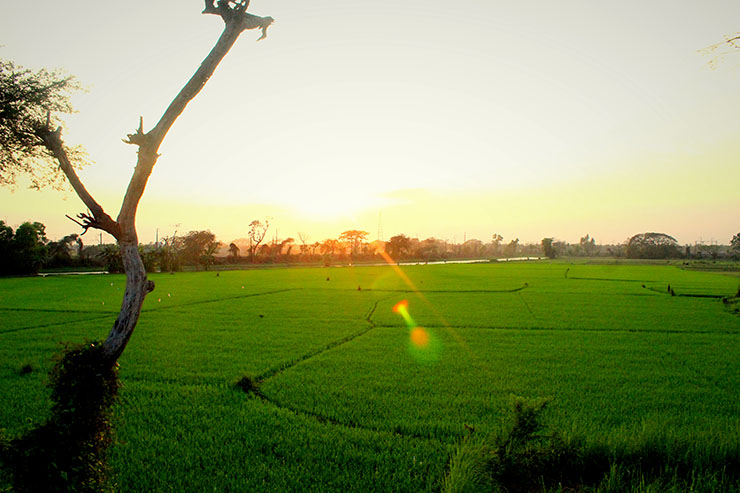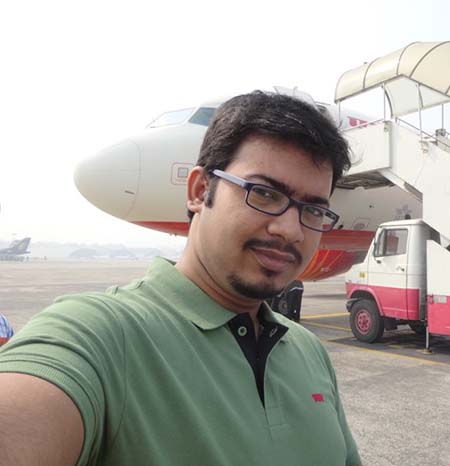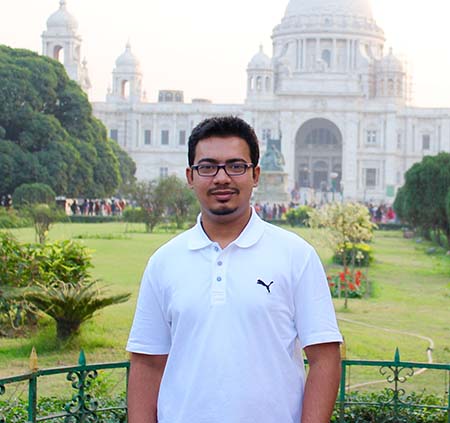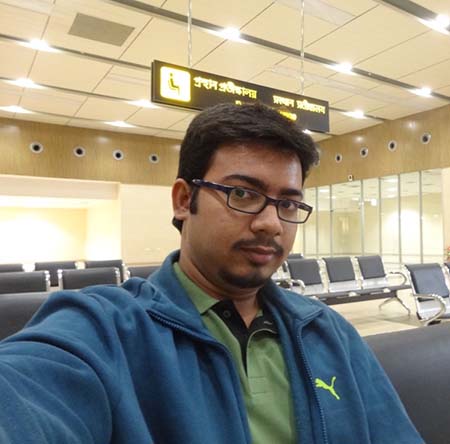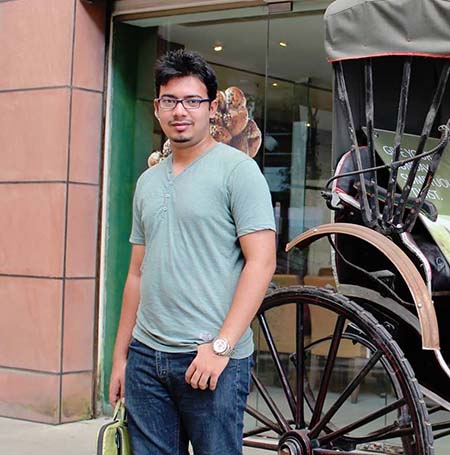Photography
“A picture is a secret about a secret, the more it tells you the less you know.”
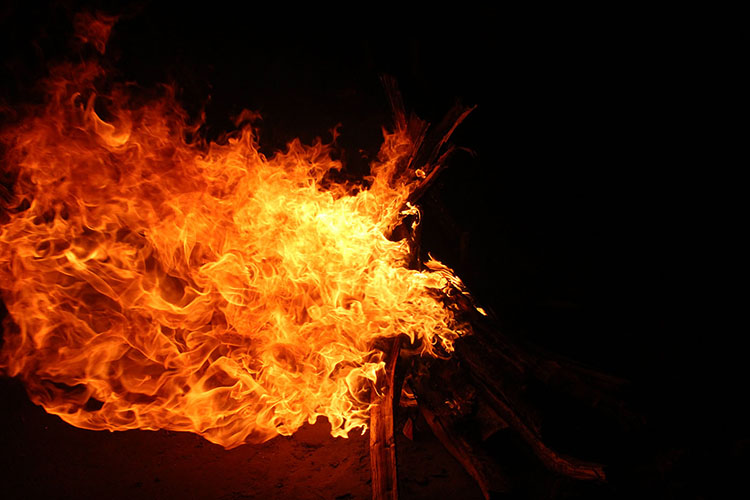
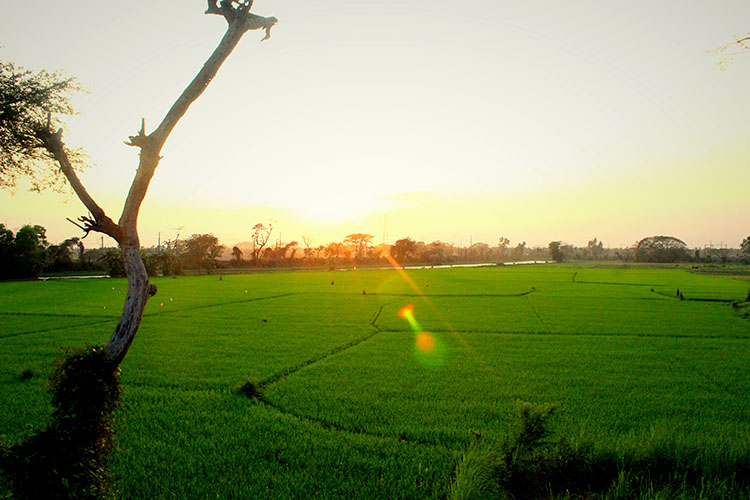



Soumyadip Das grew up in India in different states. Born in West Bengal in 1993. At the age of 10 moved to Delhi and just started the grass root of his academic career. 4 years later he moved to Jharkhand and completed his secondary exams. It was then when his interest towards photography as a hobby grew up. Slowly more and more time was spent on it. It became a passion. Used to wait for several hours to take the perfect shot. Finally intense interest motivated me to buy my first DSLR with my own savings from the softwares I built. Since then, the whir & click of shutters never stopped.
Photography tips : Use full stops for ISO
Typically you increase the ISO in order to enable a faster shutter speed for sharper pictures or to use a smaller aperture for a given shutter speed – or a combination of both.
DLSRs offer fine control over the aperture and shutter speed in 1/3 or 1/2 stops. Many cameras also enable the ISO to be fine-tuned in the same increments too, but this isn’t always necessary.
When it comes to adjusting the ISO and gaining the shutter speed or aperture benefit you’ll invariably want to do it quickly. Having to do it in smaller increments can slow the process down.
Beginner digital cameras typically allow the ISO to be adjusted in full stops by default, while more advanced cameras let you enable this function via a custom function. When you need to work quickly, it can be useful to activate this option – when you change the ISO, you’ll know that each click of the wheel works out as a full stop of adjustment.
Photography tips : Shoot with three in mind
Three really is the magic number as far as photography is concerned. When composing shots, three elements (and odd numbers in general) lens themselves to balanced pictures. You’ll often find that 3 people in a group shot or three colours in a still life produce more interesting images than those using two or four.
Shooting three frames using a camera’s continuous drive mode is often better than shooting a single frame. Not only does firing the camera in short bursts boost your chances of catching the peak moment, it also gives you a fighting chance of getting at least one sharp image when shooting handheld.
The reason for this is that the action of pressing and releasing the shutter release can jerk the camera and lead to a soft picture, so the middle picture(s) in a sequence may prove sharper.
Finally, think in terms of three shots when you’re bracketing compositions. Shooting a wide shot, a medium shot and a close-up is a classic way to make sure you’ve covered all the angles, and is a particularly good routine when you’re shooting video – it gives you more options when it comes to editing clips.





